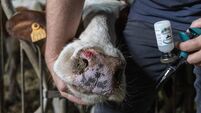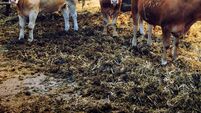Pooling resources way to go for farm families
“In this way, economies of scale can be introduced, as well as much better and more professional farm practices. Everyone can make more money and be more efficient if farmers are clustered and are encouraged to work together to buy in bulk, share machinery, to cooperate in the provision of forage, and to rely on one another for slurry management, waste management and so on.
Now, his plans take a further step forward, with Teagasc publishing a detailed action plan to encourage farmers to enter into formal collaborative arrangements with other farmers.










